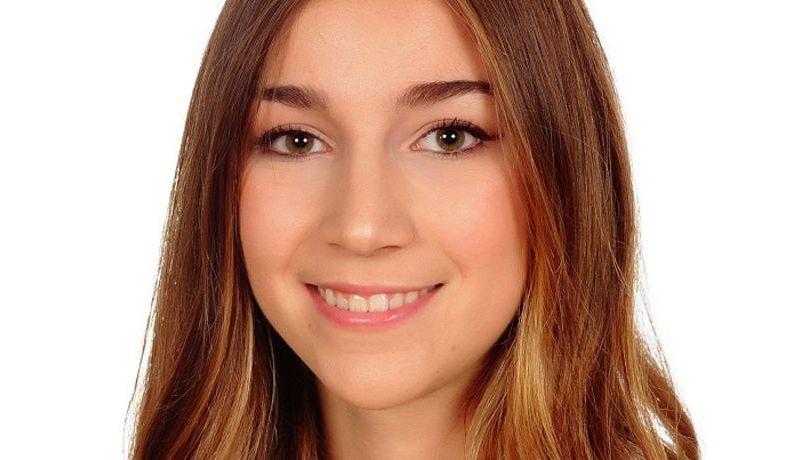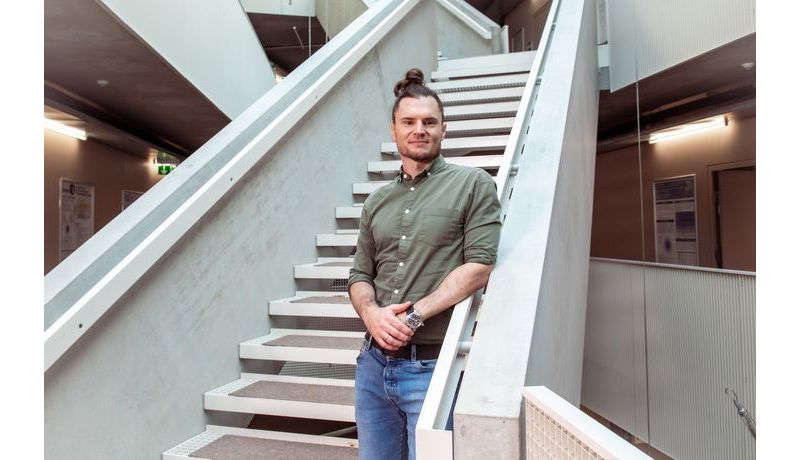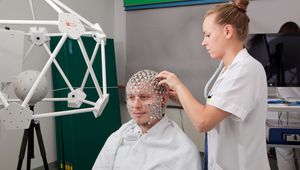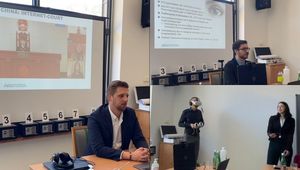Researchers at the Johannes Kepler University Linz have created a revolutionary neural network called "CLOOME".
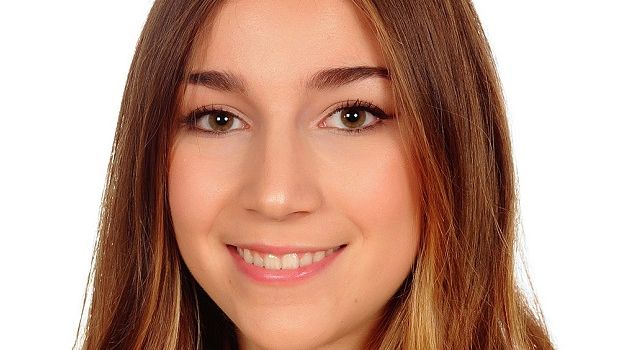
Researchers and scientists at the Johannes Kepler University Linz have developed a groundbreaking scientific innovation called "CLOOME", a neural network that allows cells and chemicals to speak a common language. The new AI method is capable of learning without relying on human instruction.
The conventional way to search biomedical image databases is to use text-based search prompts. Until now, one could only find images previously annotated by experts. CLOOME is basically a type of "Google" to support biological image databases and cell biology. Researchers can simply enter a cell image, or even a chemical structure, and obtain a list of corresponding microscopy images as a search result. The method opens new doors into cell biological processes and their influence through chemical agents.
Self-Monitored Learning
The core of CLOOME features a special, deep neural network AI system capable of learning from microscopy images of cell cultures and corresponding active chemical substance structures. When active substances are applied to cells, the cells can change and these changes become visible on the microscopy images. CLOOME can identify the connection between chemical structures and cell appearance. Ana Sanchez, who published the paper in "Nature Communications" together with Elisabeth Rumetshofer at the JKU Institute for Machine Learning, remarked: "This AI system can learn through 'self-supervised learning' and without any human input; in other words, simply based on the available microscopy images and chemical structures of active ingredients."
AI Can Predict the Effects
In practice, vast amounts of data can be searched simply based on similarities to a particular image, or even a specific active ingredient. The two researchers believe, "This simplifies the process to identify drugs that have similar effects, allowing us to discover new application areas for existing drugs, and predict the biochemical effects and properties of new drugs. CLOOME could potentially – and significantly - accelerate drug development."
A Basic Model to Support Cell Biology
Rumetshofer elaborated on the project’s ambitious long-term goal: "In the future, with access to extensive data sets, our method could produce a neural network that could also solve challenges in areas beyond drug development, similar way to ChatGPT." ChatGPT currently serves as a basic model for texts, but CLOOME could become a basic model for cell biology. The new method is an important step towards accelerated AI-supported drug research.
Read the paper at: https://www.nature.com/articles/s41467-023-42328-w, opens an external URL in a new window
 Go to JKU Homepage
Go to JKU Homepage








